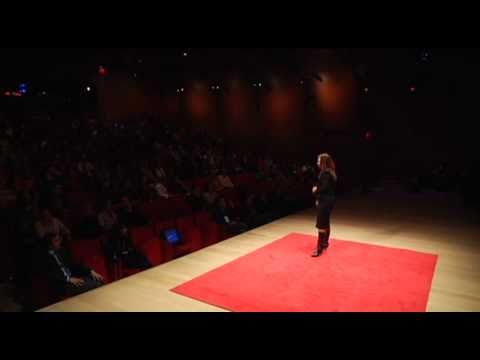We’ve all been there. You meet a stranger somewhere or bump into an old friend, and the first thing you get asked is “what do you do?”. Chances are, you’ll say something along the lines of:
– I’m a software programmer
– I sell (insert product name)
– I’m working for (company name), we sell (product name), I’m in the (department name) and I do (blah blah blah)
For most people, the above is fine, absolutely fine. But if you’re an entrepreneur (or aspiring to be one), you’ll have to do a little better than that, if you want people to remember you.
We had the pleasure of meeting Nathan Gold, who spent some time teaching the D-Code group how to deliver a better pitch, be it to the common stranger on the street, in a networking event, or to potential investors. The below is a gist of what I got from the workshop – it’s impossible to write everything down but I hope it will help you as it helped me.
Let’s first ask this – what’s the purpose of a pitch? Why do you want to tell people what you do? It’s because you want people to know what you do, right? So that when they know what you do, maybe they can help you with opinions or advice, or they may want to use your product, or perhaps they know someone that might be able to help you (e.g. an investor). No rocket science here.
There are two main outcomes that you can expect after you’ve answered that question.
a – “Oh, okay, that’s nice”. Which basically means, “I don’t care”, right?
b – “That’s AWESOME! Where do I sign up?!”
Obviously everyone wants to get a response type-b. It takes time and effort to get there, though. Here are six pitches that you need to have, where every word or sentence is carefully scripted, measured, tested and perfected so you have the perfect response someone asks you “what do you do”:
– One-liner
– 30 seconds
– 60 seconds
– 2 minutes
– 5 minutes
– 10 minutes
Prepare, test, rewrite and practice each of these versions so that you are prepared the next time you need to tell someone (or a group)(or someone with a lot of money) what you do.
Why so many, you ask? I can just start with a one-liner and work my way until it’s time to say bye, right? Well you could, but it wouldn’t be impactful, and it wouldn’t be consistent. It’s like saying, why follow a recipe for curry chicken when you can just agak-agak (roughly) add curry powder to chicken, throw in some coconut milk and some other stuff? Because it won’t turn out right, that’s why. It’ll probably look somewhat like curry chicken but it sure as heck won’t taste perfect. That’s why we take time to carefully and thoughtfully craft out our pitches, so they bring across your idea, and ultimately, get people interested in you, your product and your company.
Here are some powerful one-line examples:
– You don’t just “sell pillows and mattresses” – you help people get a good sleep.
– You’re not just “a professional photographer” – you ensure that memories are preserved in the best possible way for decades to come.
– Nathan is not just a “presentation coach” – he helps budding entrepreneurs create powerful pitches so that one day, they can change the world.
Don’t be boring. “What do you do?” really translates into “What problem do you solve?”, right? Tell your story, and add in components such as similes, analogies, metaphors and examples in your pitch (not necessarily all, or in that order), to give life into it. A pitch is like a movie trailer – say just enough to get people interested to find out more.
To find out more, check out Nathan’s website at www.democoach.com.
Pun intended.
Update: I found a great video on TED which very beautifully explains how to craft a powerful pitch using story elements. This is very much in line with what Nathan taught, so I highly encourage you to watch this. Well worth the 18 minutes:
Nancy Duarte: The secret structure of great talks

From the “I have a dream” speech to Steve Jobs’ iPhone launch, all great presentations have a common architecture. In this talk, Nancy Duarte draws lessons on how to make a powerful call-to-action.



